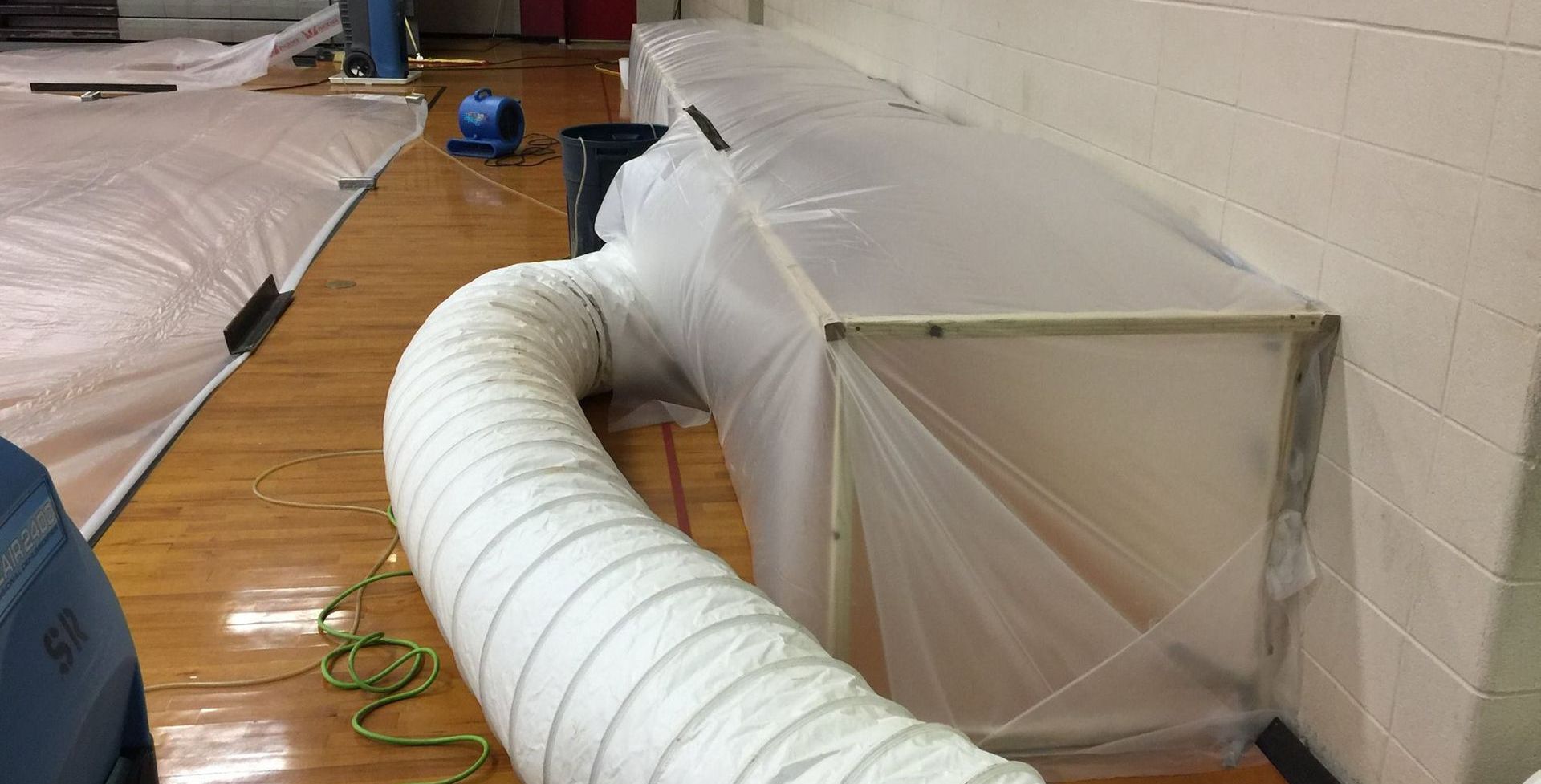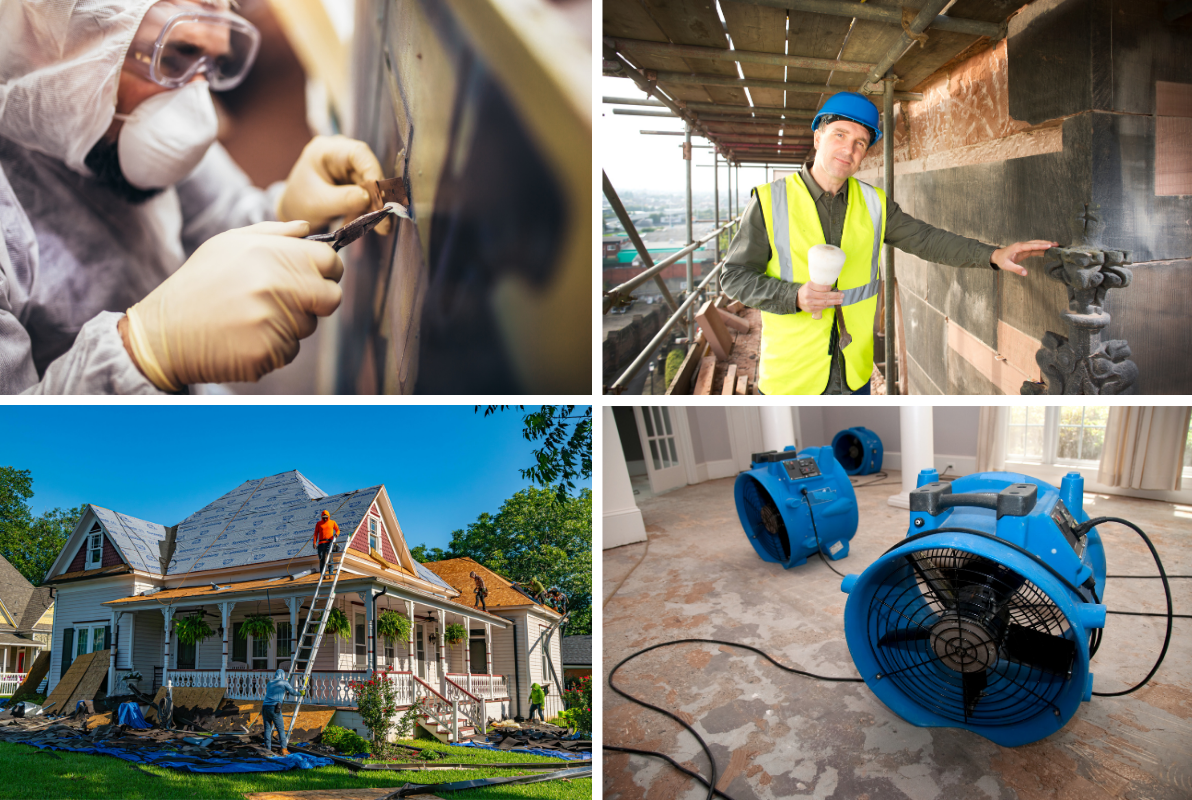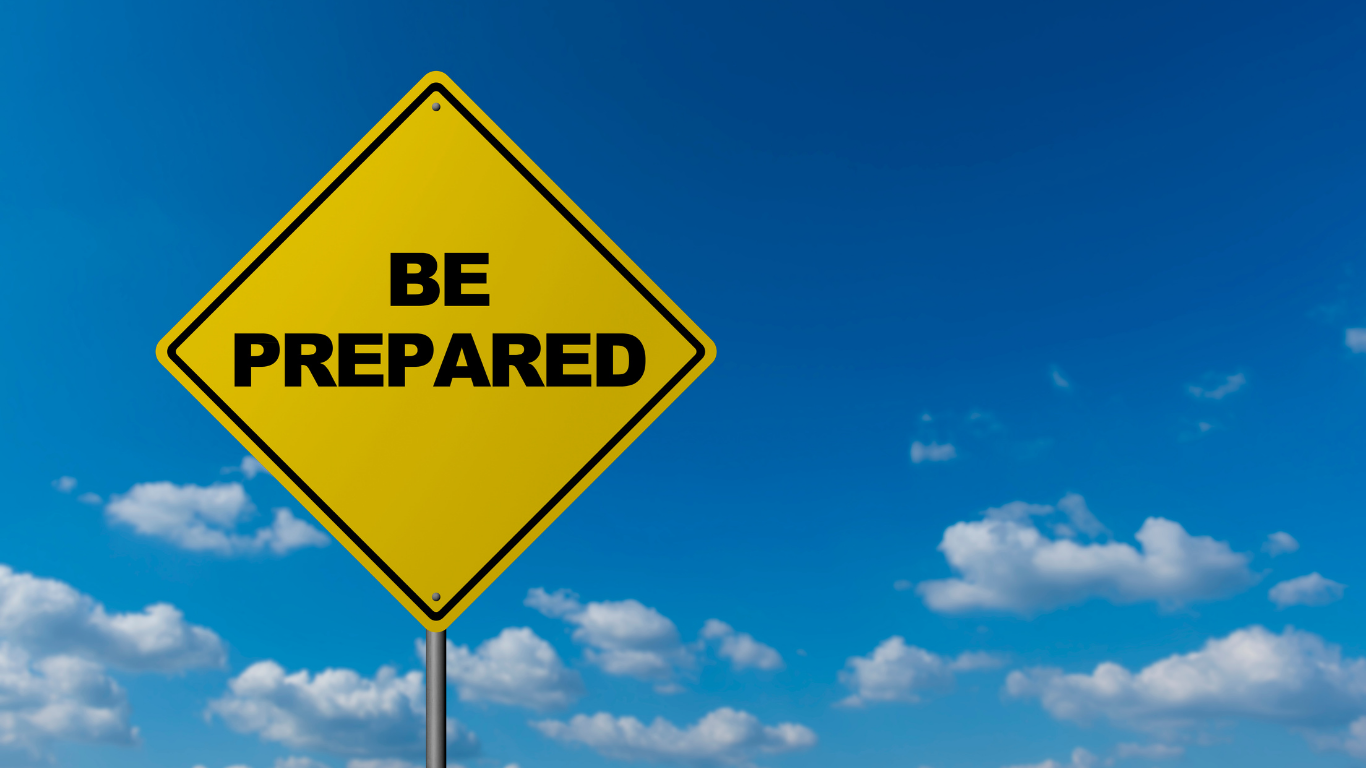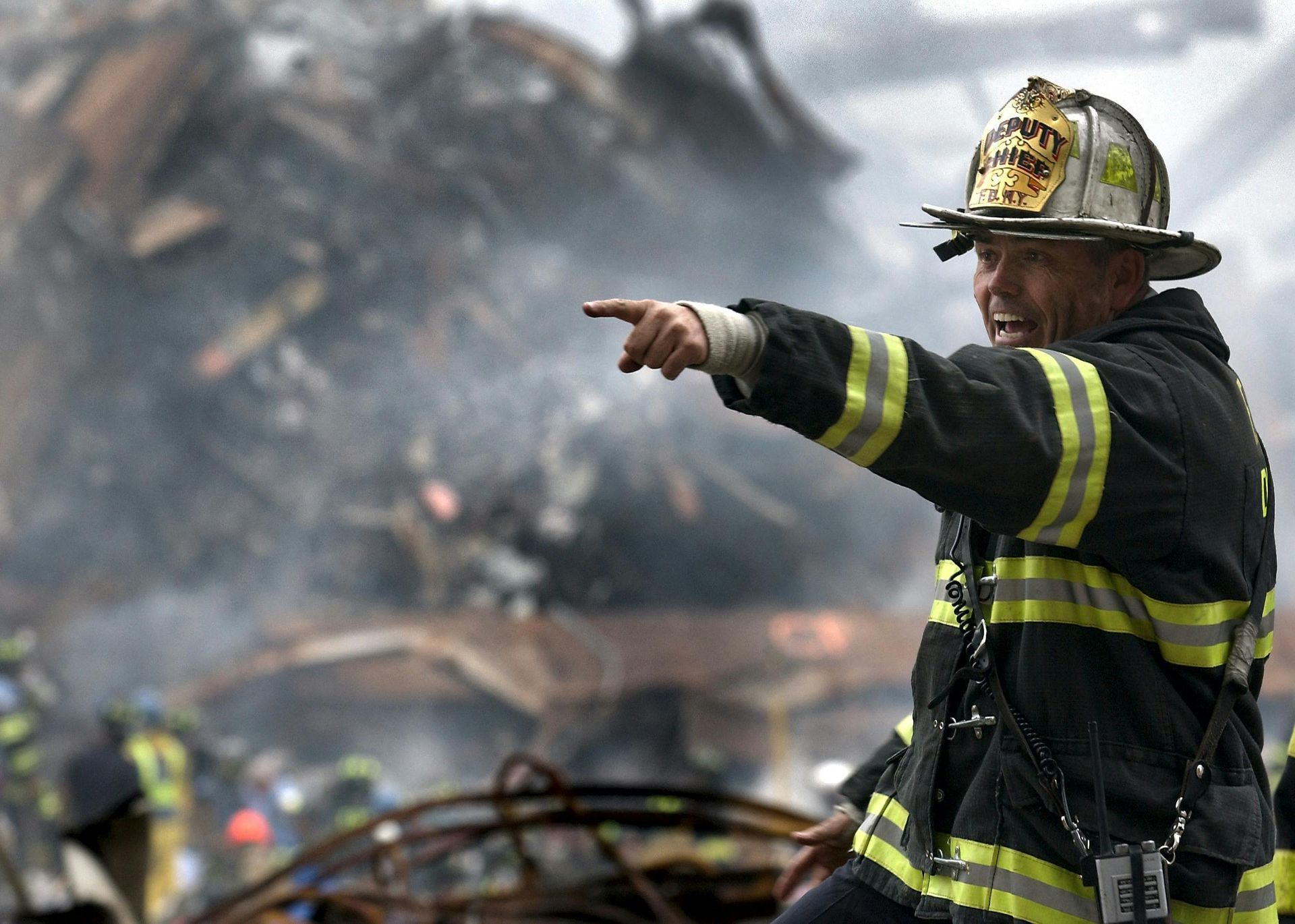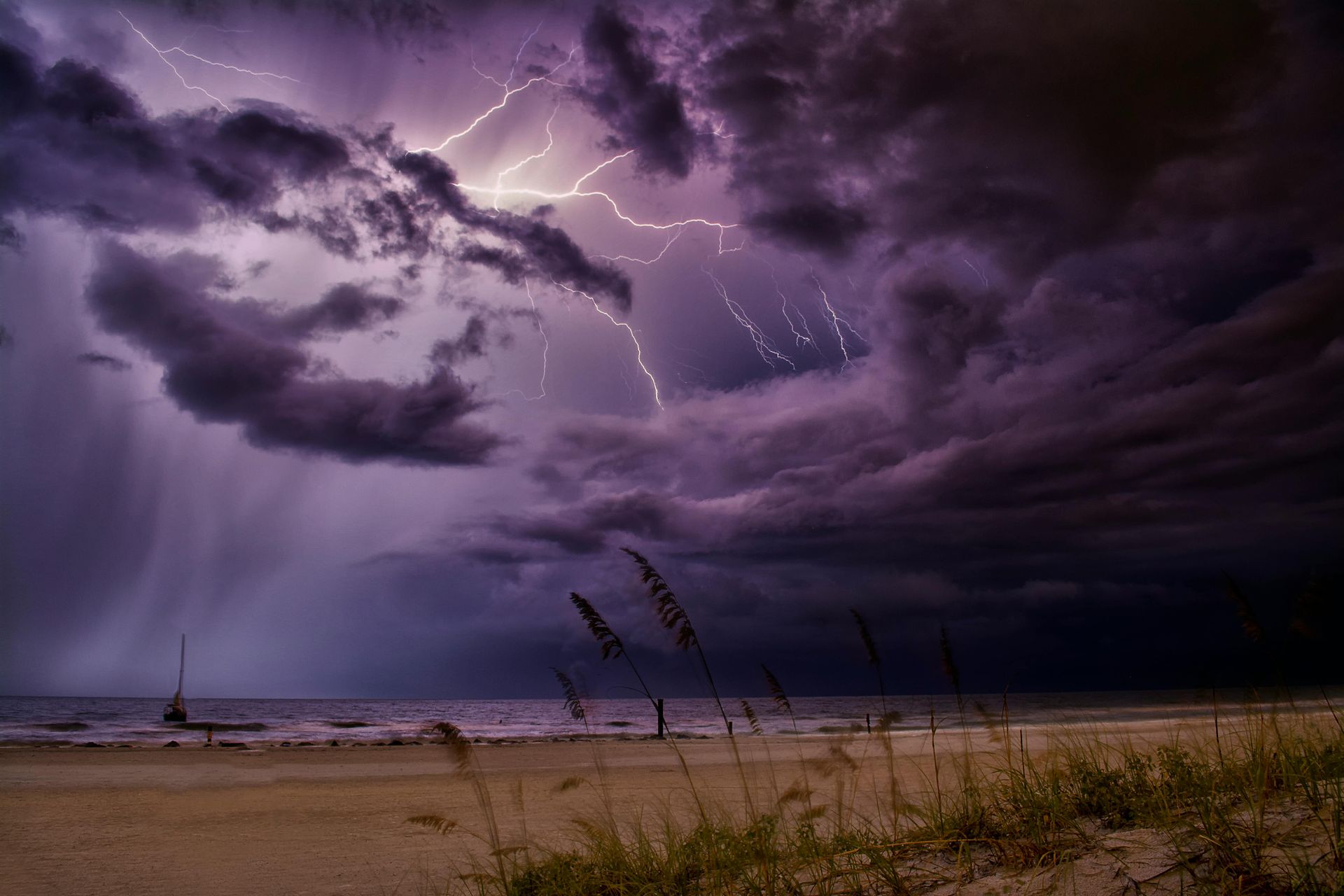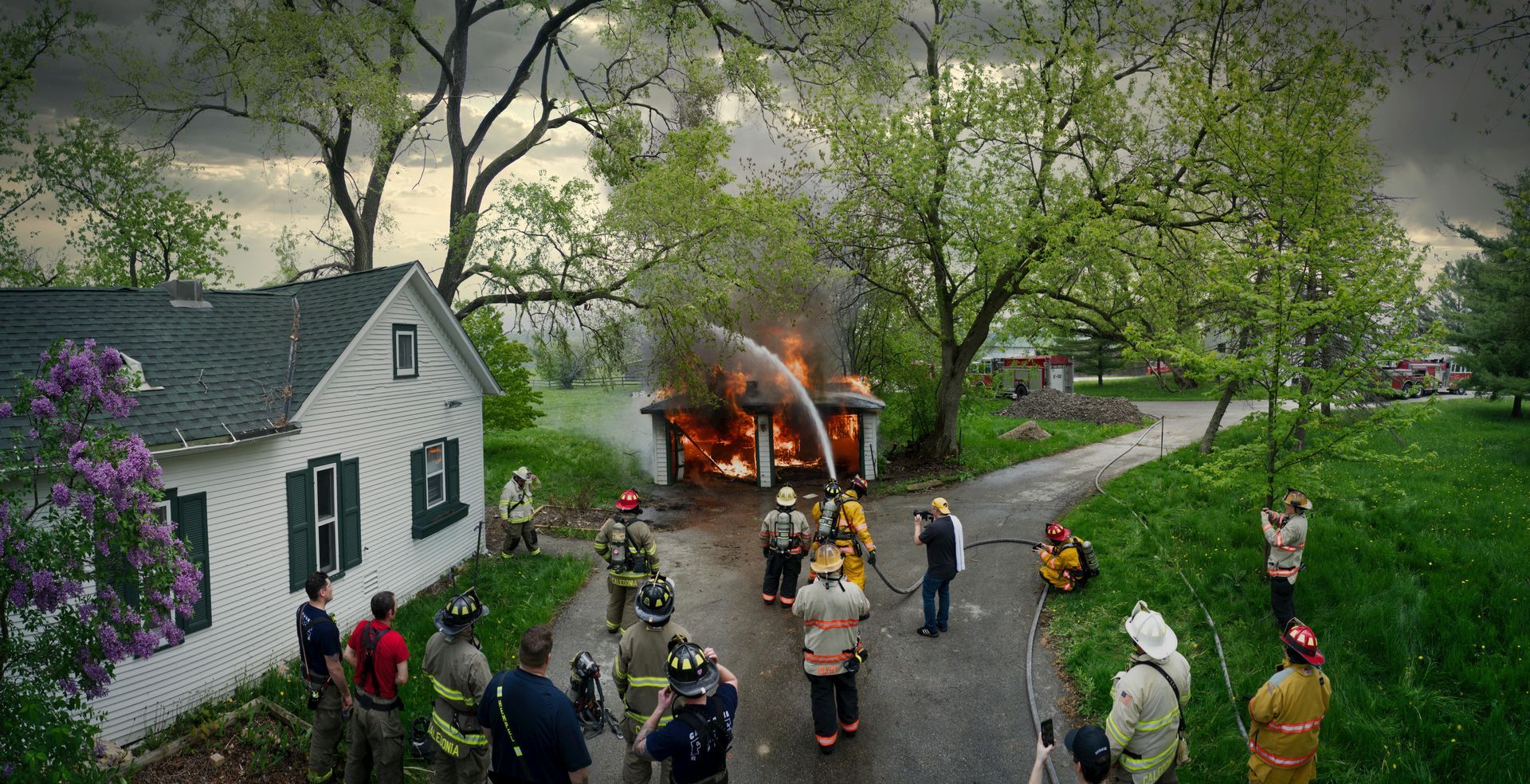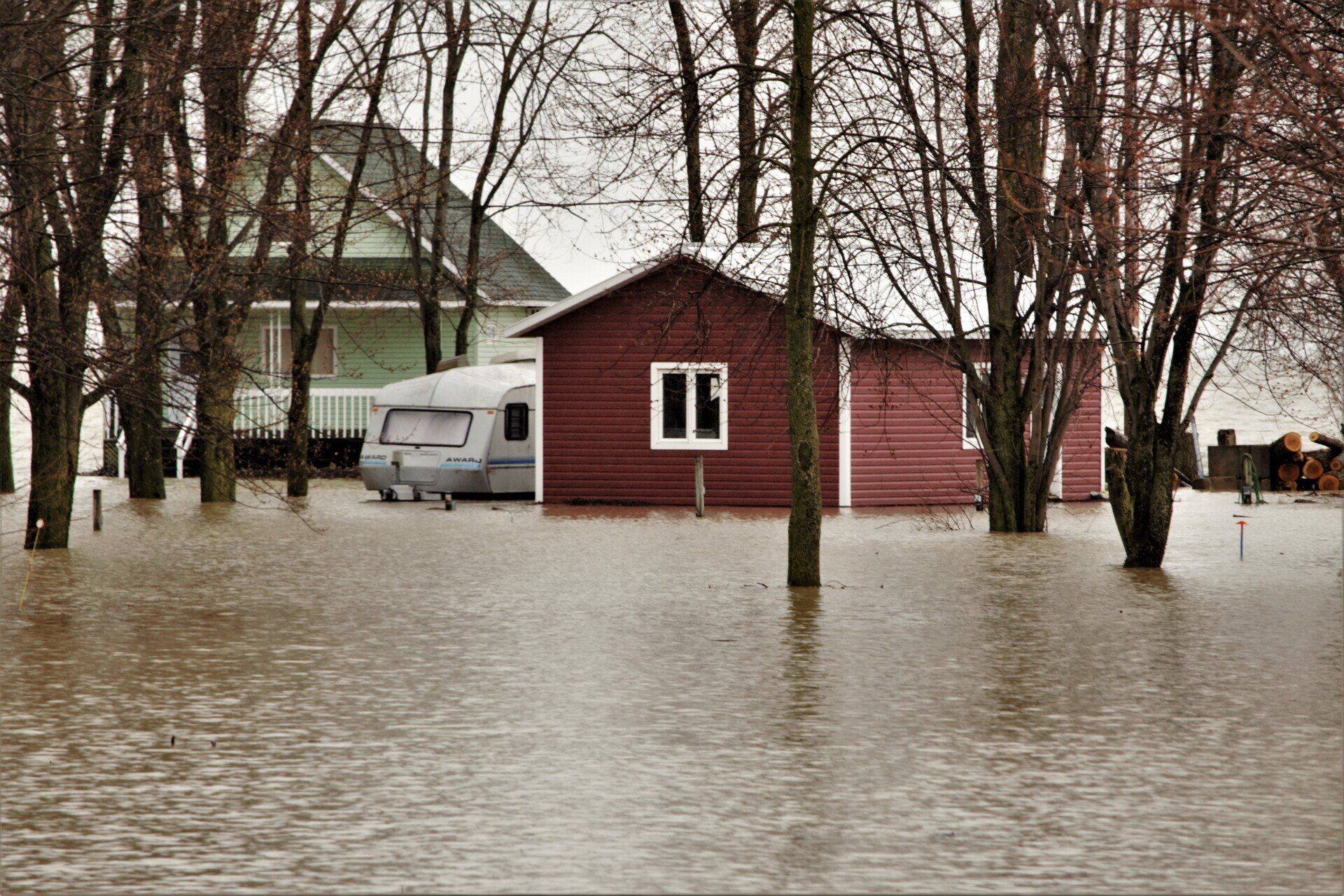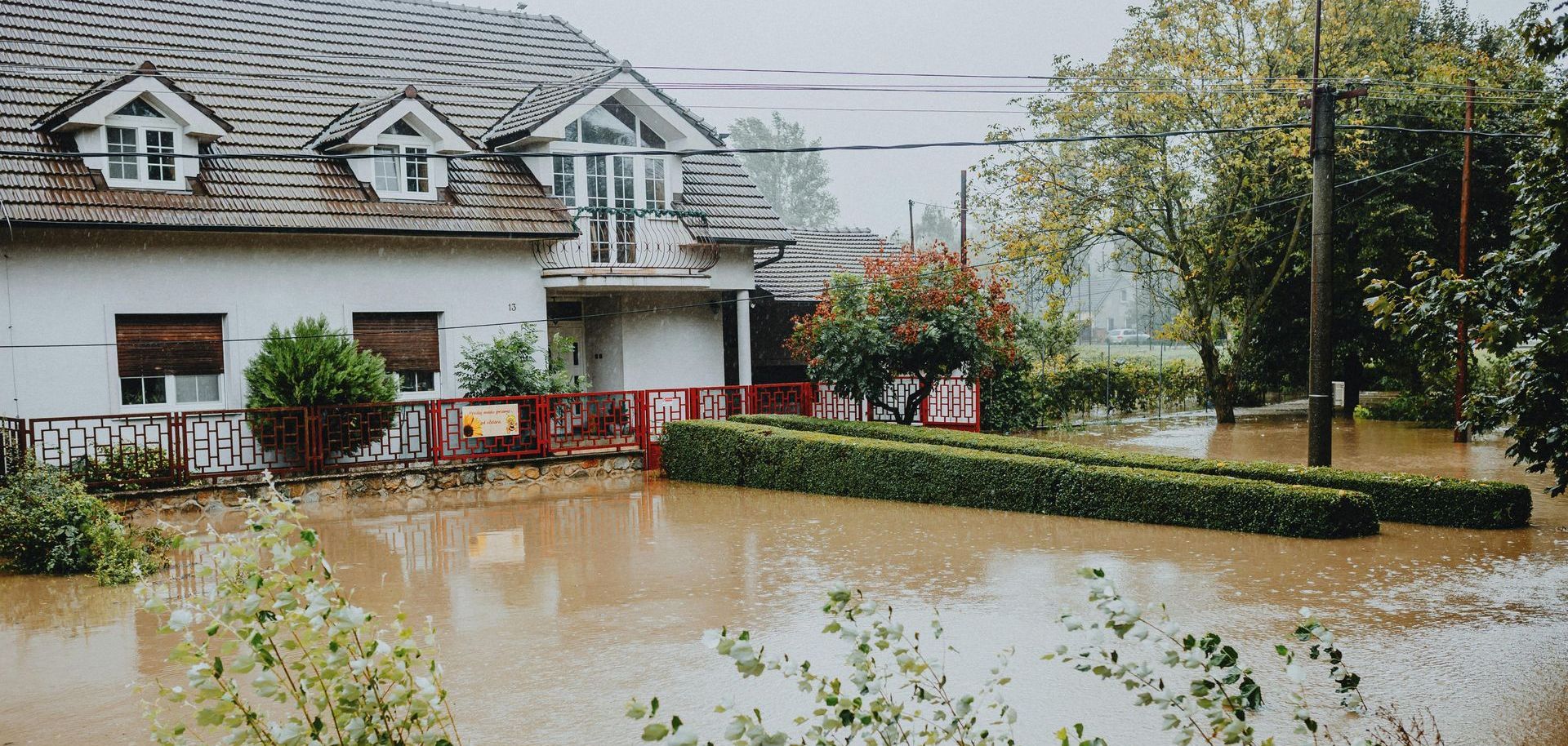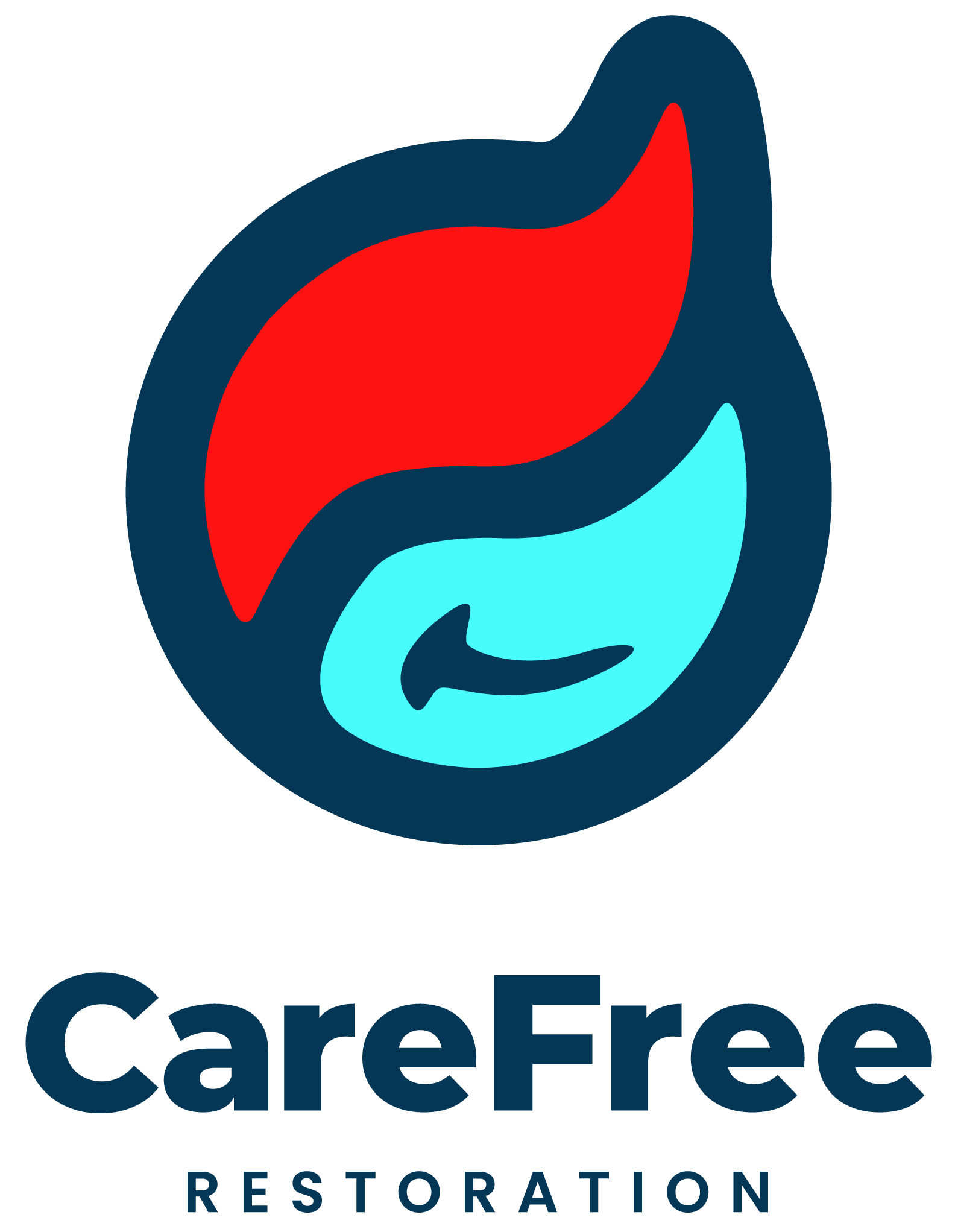How to Safely Document Damage After a Major Disaster — Your Photo & Inventory Guide for Insurance Claims
Documenting Property Damage
When disaster strikes—whether it’s a fire, flood, storm, or smoke damage, the immediate aftermath can feel overwhelming. Amid the chaos of making sure your family is safe and arranging temporary shelter, it’s easy to overlook a critical step: properly documenting the damage. Yet, this process is essential for ensuring a smoother insurance claim, maximizing coverage, and ultimately helping you recover faster.
This guide walks you through how to safely document damage, what photos and videos to capture, and how to create an organized inventory for your insurance provider.
1. Safety Comes First
Before grabbing your phone or camera, make sure the property is safe to enter.
- Check with emergency responders or utility companies to confirm there are no hazards like gas leaks, live electrical wires, or structural instability.
- Wear protective gear (gloves, sturdy boots, and an N95 mask if there’s smoke, mold, or debris).
- If the property is unsafe, don’t risk it! Contact a licensed restoration company like CareFree Restoration, who can safely assess and document on your behalf.
2. Photograph Everything, From Big to Small
Photos and videos are the foundation of your insurance claim. Take more than you think you’ll need—adjusters often rely heavily on visuals.
Tips for Effective Photo & Video Documentation:
- Start wide: Take shots of each room or affected area in its entirety.
- Zoom in: Capture close-ups of damaged items, walls, flooring, and ceilings.
- Multiple angles: Photograph each damaged area from at least two or three perspectives.
- Lighting matters: Use natural light where possible. If the power is out, bring a flashlight or use your phone’s LED.
- Exterior damage: Don’t forget the roof, siding, foundation, windows, and landscaping.
- Video walkthroughs: A slow, narrated walkthrough video of each room helps provide context alongside photos.
3. Create a Detailed Inventory of Damaged Property
Insurance companies often require a line-by-line record of damaged belongings. This inventory can be tedious but is vital for maximizing reimbursement.
What to Include in Your Inventory:
- Item description: What it is (e.g., “Samsung 55” Smart TV”)
- Brand/model/serial number: If available
- Purchase details: Approximate purchase date and price
- Condition before disaster: Was it new, gently used, or older?
- Estimated value today: Use receipts if available, or research replacement costs online
PRO TIP: Use a spreadsheet or an app so you can share it easily with your insurer. Many people find it easier to photograph receipts, labels, or barcodes during documentation.
4. Organize and Back Up Your Records
Once you’ve collected photos, videos, and inventory notes:
- Save in multiple places: Store files on your phone, an external hard drive, and cloud storage (Google Drive, Dropbox, iCloud, etc.).
- Label clearly: Name files by room (“Kitchen_FloorDamage.jpg”) or item (“Sofa_BrandName.jpg”).
- Keep originals safe: Don’t delete images, even if you send them to your insurer.
5. When to Call in the Professionals
While homeowners can and should document damage, professional restoration companies can provide more detailed reports using moisture meters, infrared cameras, and industry-standard estimating tools. This level of documentation often carries more weight with insurance adjusters.
At CareFree Restoration, we not only help mitigate and restore your property but also work directly with insurance providers to streamline the claims process. That means less stress for you and a quicker path to recovery.
Final Thoughts
Documenting damage after a major disaster isn’t just about “taking pictures”—it’s about building a strong case to ensure you’re fairly compensated for your losses. By following these steps, you can create a comprehensive record that protects your rights, maximizes your claim, and gives you peace of mind during an already difficult time.
If you’ve recently experienced fire, flood, storm, or smoke damage, don’t go through the process alone. Contact CareFree Restoration for expert help with documentation, cleanup, and full recovery.

